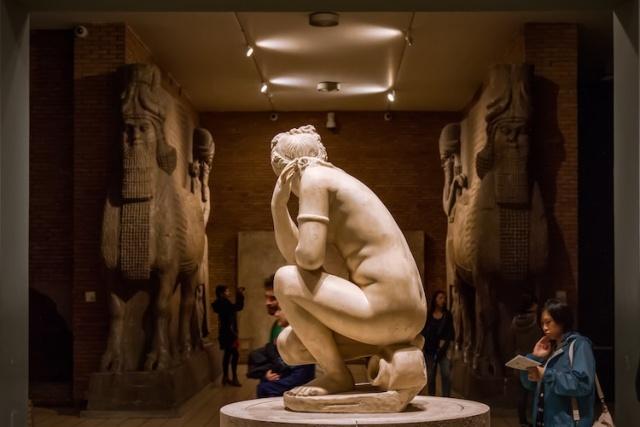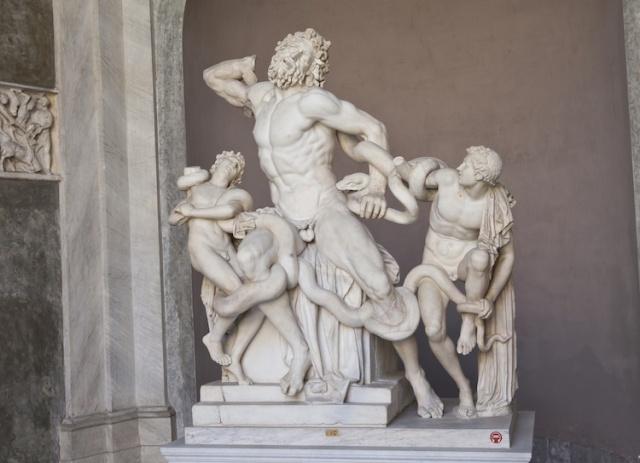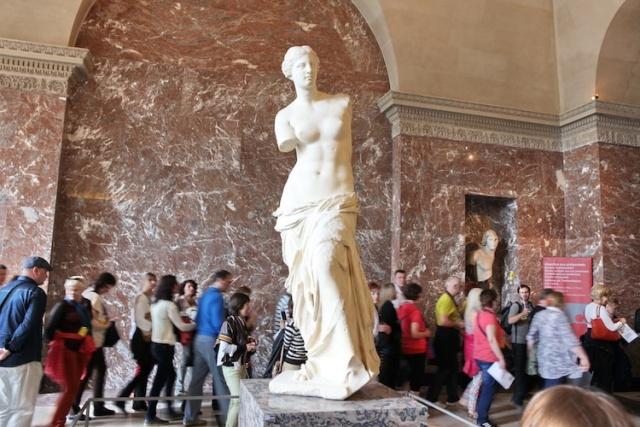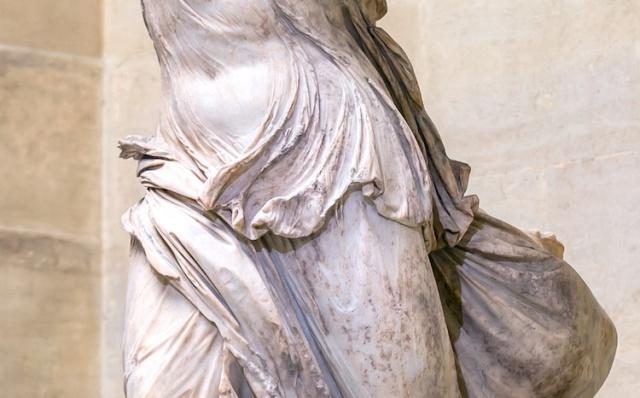What standards of beauty did Greek artists follow? Art should show human beings in their most perfect and graceful form.
Greek sculpture is one of the most precious treasure houses in the history of art. They advocate naturalism and express the purest natural beauty with an extremely exquisite sculptural technique. And this technique has been leading the later artists for thousands of years.
Today, there is no shortage of Greek sculptures in top museums around the world.
The Greeks' fascination with naturalistic sculpture can be said to be deeply rooted and long-standing and can be traced back to the ancient Greek period. At that time, ancient Greek sculptors usually insisted on creating two types of figure statues: one was standing naked men, and the other was standing women wearing cloaks. Their posture is often stiff and expressionless.
However, in 500 BC, the emergence of classicism changed this situation.
Classical sculptors began to pay attention to the details of the human body and study the anatomy of the human body, thus striving for perfection in their works. They shifted their attention from the stereotyped characters to the various characters in mythology.
As of 323 BC, Greek sculpture creation took another step forward as a whole. Sculptors began to use classic techniques to render figures in reality. This trend continued for nearly 200 years, and it was at this time that Greek sculpture reached its peak.

In order to pursue lifelike beauty, Greek sculptors will cleverly incorporate the following three characteristics into their works: movement, anatomy and details.
In order to make the sculpture look as humane as possible, Greek sculptors would sculpt dynamic contours or curved arcs to express a sense of movement.
For example, the work "Laocoon and His Sons" can be said to be one of the most outstanding masterpieces of that era. Its statue has an exaggerated expressiveness and a sense of movement.

Inspired by the Greek epic, this statue depicts three characters: the priest Laocoon and his two sons, who are doing their best to get rid of a pair of coiled snakes.
And when the characters and the snake are all tangled together dramatically, they seem to be fighting all the time. The sculptor successfully pushed the dynamic scene to a climax in the static sculpture, which almost perfectly demonstrated the Greeks' love of movement.
The focus on sports will inevitably lead the Greeks to turn to human anatomy.
It was the development of anatomy that allowed Greek artists to get rid of the stereotyped, unsentimental, and rigidly postural statues they created earlier.
The inspiration for the creation of Greek sculptors has always come from real human poses. For example, in the most famous "Venus of Milos" (ie Venus with Broken Arm), the characters no longer stand upright like the earliest sculptures, but deliberately pose an asymmetrical posture.
It is this asymmetrical posture that reflects the real weight distribution of the human body, and the s-shaped posture also implies a sense of movement.

The last characteristic of Greek sculpture is the attention to detail, the very fine details can be described as delicate.
Greek sculptors always tend to use "cloth" to decorate statues for three main reasons: First, the elegance and flow of clothing can reflect the movement of the characters; second, the closeness of the clothing can outline the physiological anatomy of the characters; Third, the fineness of clothing can show the sculptor's superb carving skills and control over details.

Today, Greek sculpture is still one of the most influential art genres.
Throughout the Renaissance, the emphasis on anatomy in Greek sculpture has profoundly influenced many famous artists such as Michelangelo;
During the Baroque period, Bernini found inspiration in the dynamics of Greek sculpture;
In the 19th century, Giovanni Strazza took the details to the extreme and created the stunning "Madonna in Veil"...
These inheritance and development have undoubtedly crossed the art movement or art genre. In a long time, they have proved the lasting aesthetic vitality of Greek sculpture.
Leave a message

Any landscape ideas in your mind, describe to D&Z sculpture team directly, you can imagine we can create.
Copyright © 1996-2024 D&Z Sculpture Co., Ltd. All Rights Reserved | Sitemap |